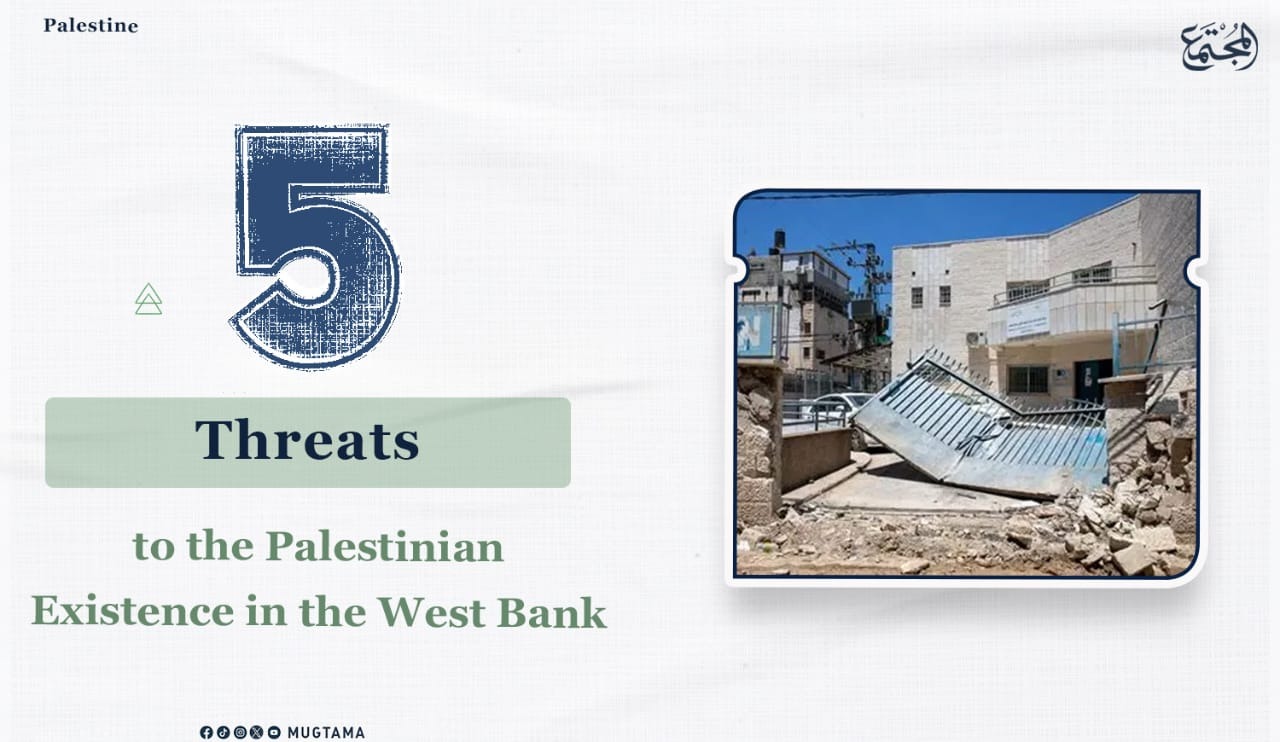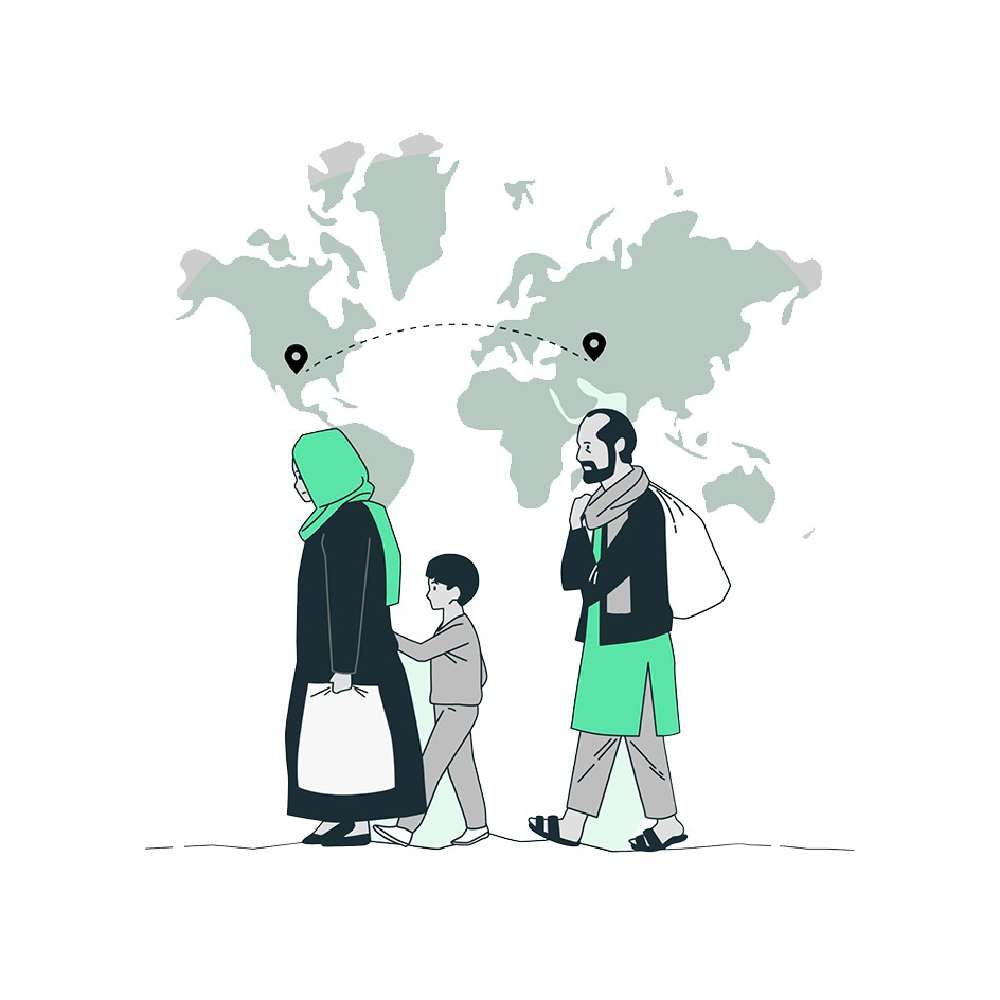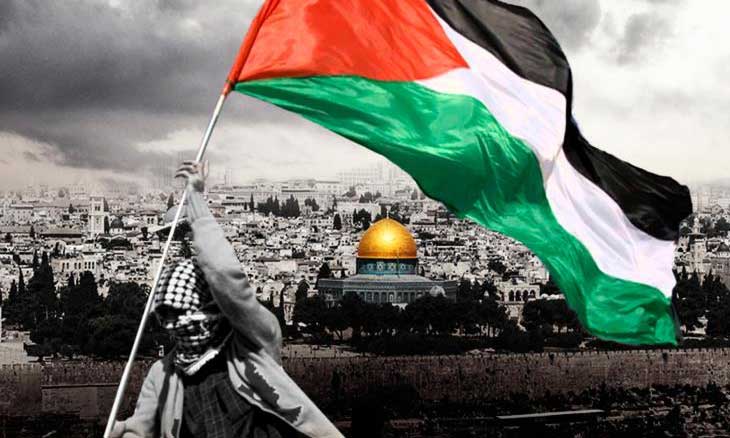5 Threats to the Palestinian Existence in the West Bank

The Israeli settlement
expansion in the West Bank constitutes one of the most serious challenges
facing the Palestinian people today. Far from being merely an urban expansion,
settlement represents a strategic project aimed at dismantling the
geographical, social, economic, and political structure of the West Bank.
Here are the six most
devastating results of this expansion:
1-
Cutting up the West Bank and turning it into isolated islands:
Settlements are established
in strategic locations, linked by roads designated solely for settlers, which
results in the fragmentation of Palestinian cities and villages and transforms
the West Bank into isolated cantons. This reality disrupts the movement of
Palestinians, isolates communities from one another, and undermines any natural
geographic or social connectivity.
Example:
The network of bypass roads,
such as the "Samaritan Bypass Road," where Palestinian vehicles are
prohibited from using, separates the northern West Bank from the southern West
Bank, making travel between major cities like Nablus, Hebron, and Ramallah
extremely difficult without passing through security checkpoints and the
separation barrier.
2- Confiscation of land and natural
resources:
Settlement is often
established on fertile agricultural land, which disrupts the livelihoods of
Palestinian farmers. Additionally, settlers seize water sources and wells,
which increases poverty rates and severely impacts the local economy.
Example:
The settlement of
"Ariel," built on the lands of Salfit Governorate, controls tens of
thousands of agricultural and water dunams, denies local residents access to
their lands, and depletes groundwater sources for the benefit of factories and
settlement farms.
3- Forced displacement and silent ethnic
cleansing:
The construction of
settlements is accompanied by the expulsion of Palestinians from their homes
through fabricated legal pretexts or security justifications, along with the
demolition of houses and the refusal to issue building permits. The result is
systematic displacement operations aimed at emptying the land of its original
owners in silence.
Example:
In Masafer Yatta, south of
Hebron, the occupation authorities are seeking to evict more than 1,000
Palestinians from their villages on the pretext that it is a military training
area, despite the fact that residents have lived there for decades. Collective
demolition orders have been issued for their homes, schools, and mosques.
4- Escalation of settler attacks:
The West Bank witnesses daily
systematic assaults by settlers against Palestinians, including property
burning, tree uprooting, physical assaults, and sometimes gunfire, all under
the protection of the occupation army or its indifference.
Example:
In the town of Hawara near
Nablus, hundreds of settlers launched a massive attack on the town in February
2023, during which they burned homes and cars. One Palestinian was killed, and
dozens were injured, amid coverage from the Israeli army, which the Israeli
media later described as a night of unchecked hate.
5- Escalation of the religious nature of
the conflict:
Some settlements are being
built around sensitive religious sites, which ignites tensions of a religious
nature and transforms the conflict from a political dispute over land and
rights into an existential religious struggle, increasing the risk of an
explosion and closing the doors to de-escalation
Example:
Settlement in the heart of
Hebron, especially near the Ibrahimi Mosque, has led to the displacement of
hundreds of Palestinian families and turned the city center into a military
barracks. Additionally, the establishment of settlement outposts around Al-Aqsa
Mosque and underground (excavations) is being exploited to incite religious
extremists and push towards a "holy war.










